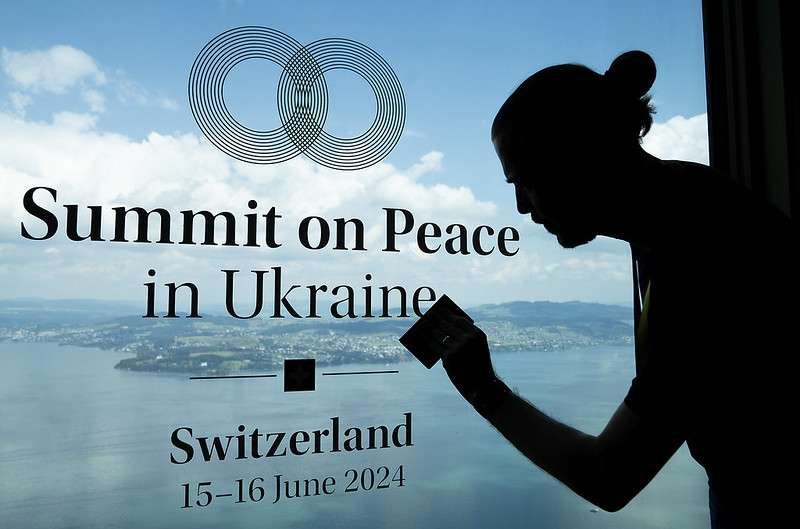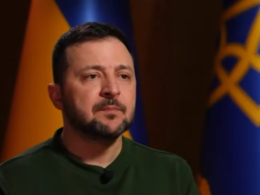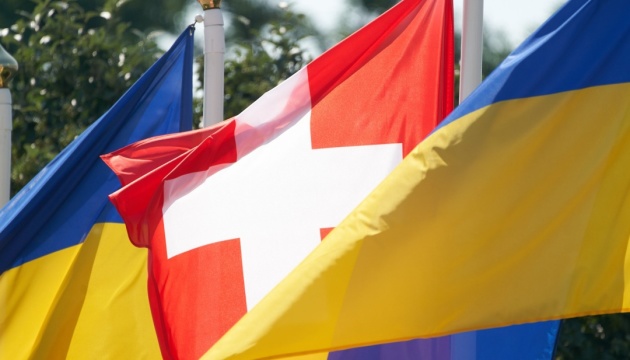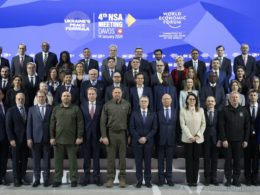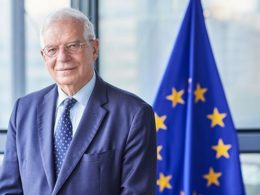The Global Peace Summit, aimed at discussing Ukraine's "peace formula," kicked off on Saturday, June 15, in Burgenstoсk, central Switzerland, with Swiss Federal Council President Viola Amherd delivering the opening remarks.
The two-day event will gather 92 countries from around the world, to voice their vision for a just and sustainable peace in Ukraine.
The full list of participants was shared by the Swiss Foreign Ministry.
57 countries will be represented at the level of presidents or prime ministers.
30 countries will be represented at the ministerial level, mainly by foreign ministers.
Countries like Brazil, Indonesia, Israel, the United Arab Emirates, South Africa, and the Philippines will send ambassadors to the event.
Participants will also include:
- Maria Pejčinović Burić, Secretary General of the Council of Europe
- Ursula von der Leyen, President of the European Commission
- Charles Michel, President of the European Council
- Roberta Metsola, President of the European Parliament
- Patriarch Bartholomew of Constantinople
- Representatives from the UN, Organization of American States, and Organization for Security and Co-operation in Europe.
In total, 100 delegations have been registered.
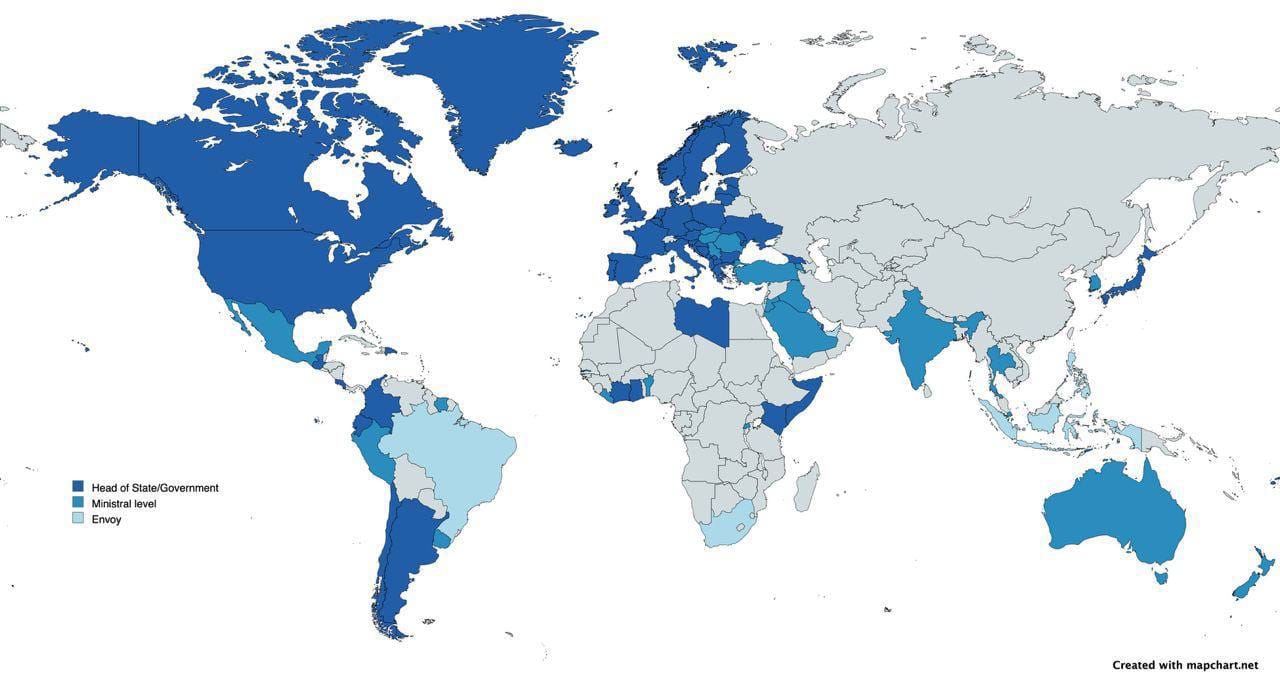
"The summit also offers an opportunity to discuss for the first time at the highest level how and when Russia can be included in this process. For the Federal Council, developing a long-term solution ultimately requires the participation of both sides," the Swiss government announced.
While Russia was not invited to the summit, as it has repeatedly rejected the initiative, all attendees will have a chance to share their perspectives on Ukraine's "peace formula," focusing on nuclear security, food security, and the humanitarian dimension.
"The program includes plenary sessions and discussions on the three points of the 'peace formula' – nuclear security, food security, and the humanitarian dimension," the report stated.
President Volodymyr Zelenskyy arrived in Switzerland to attend the peace summit on 14 June.
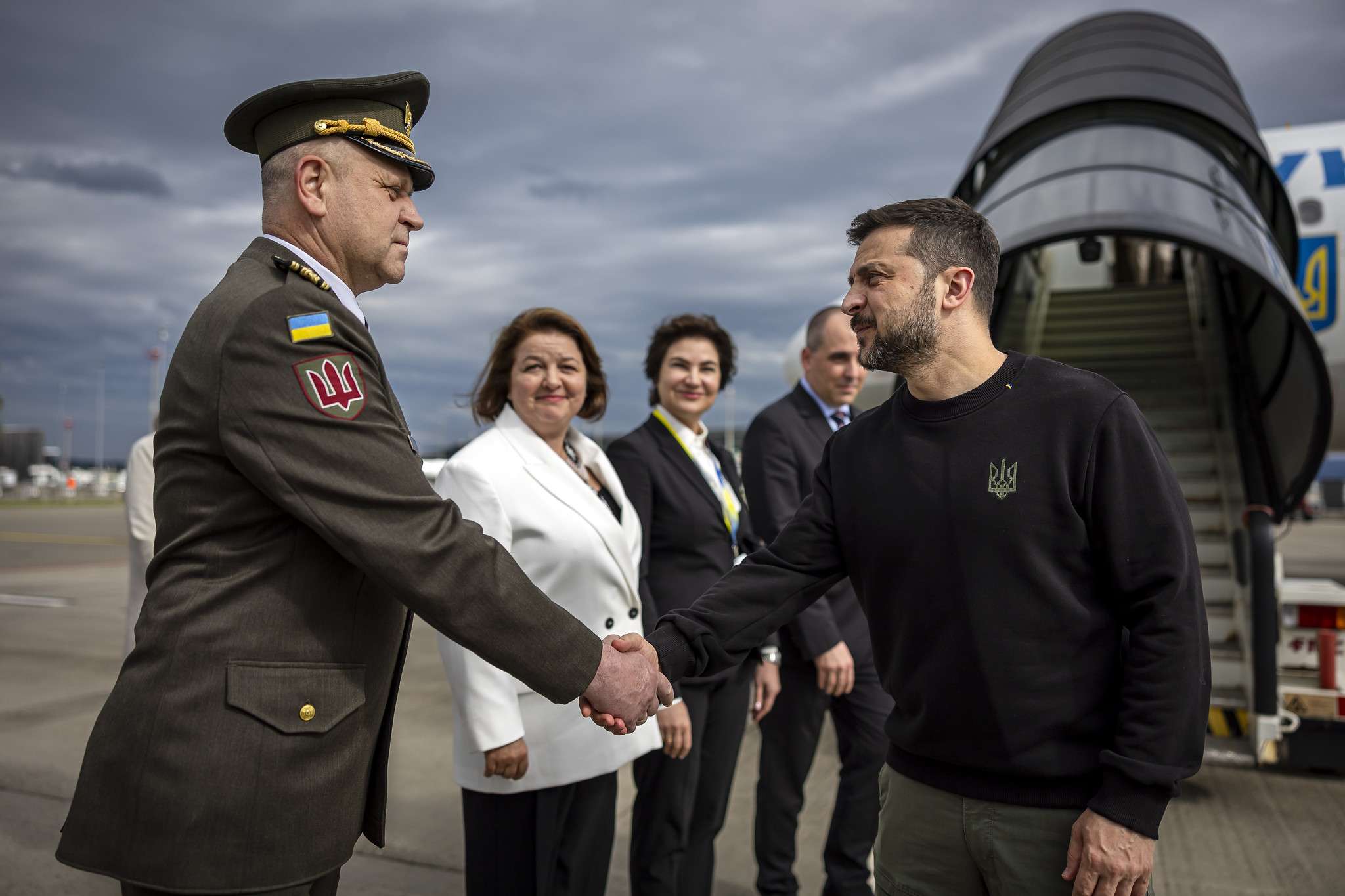
However, several countries decided not to travel to Switzerland after problematic provisions in the draft summit document, which could have had undesirable consequences for Ukraine, were amended in the final days before the event.
Read more about what the summit can achieve in our interview with insider Hennadiy Maksak:
“Comprehensive, just, and lasting peace.” What can Ukraine’s Global Peace Summit really achieve?
- On 14 June, Ukrainian diplomats told Reuters that China had been pushing a rival Ukraine peace plan ahead of the inaugural Global Peace Summit in Switzerland, even though it would not be attending the event itself.
- Also on 14 June, Ukraine's Foreign Ministry stated that Russia's plans did not represent genuine peace, but rather a continuation of the war. The ministry called for maximum attendance at the Global Peace Summit to pressure Russia to abandon its aggressive stance.
- On 12 June, Radio Liberty reported that the number of participants in the Ukraine Peace Summit had dropped from 93 to 78, according to unnamed sources. However, Foreign Minister Dmytro Kuleba emphasized that the event still united nations aligned with Ukraine's principles.
- Also on 12 June, a group of experts appealed to world leaders for the "widest possible participation" at the Ukraine Peace Summit, arguing that it could initiate a peace process with global multilateral engagement leading to a just and sustainable peace for Ukraine.
- On 2 June, President Volodymyr Zelenskyy announced at the Shangri-La Dialogue in Singapore that 106 countries would take part in the Ukraine peace summit, even as Russia used China to try to disrupt the event.
- On 14 May, it was reported that Ukraine had sought support from 40 global universities ahead of the upcoming peace talks in order to bolster its position.

